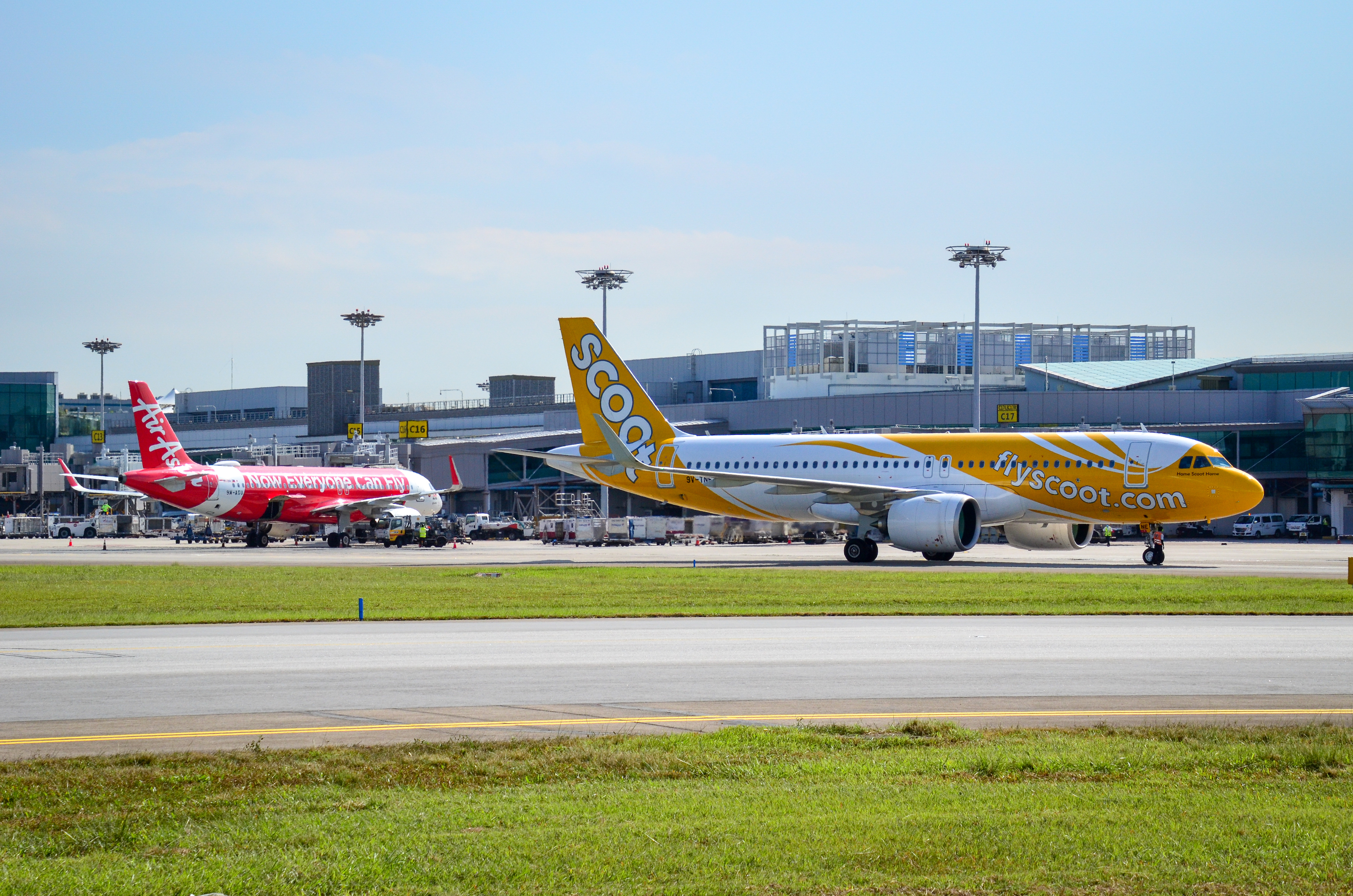Log-in here if you’re already a subscriber
Visitors to Kansas City International Airport are offered a unique look at both the future and past of aviation. To the west side of the airport, a new terminal nears completion at the growing midwestern destination, putting the future of air travel for western Missouri and eastern Kansas on display.
Just beyond the active construction equipment lies two large hangers surrounded by dozens of inactive aircraft on the eastern border of the airfield. From Boeing 777s to 727s, the ramp surrounding the hangars, home to Jet Midwest, represents aviation’s past. Some aircraft are tightly sealed, awaiting their time to return to the business of flying passengers. Others are in the process of being parted out, missing engines and other key components recycled for the operating fleet.
Related: The global aviation recovery is the tale of two hemispheres
Among these aircraft lies an A320-200 – registered in Canada as C-FLSU. Originally delivered to Canadian Airlines in 1992, it was transferred to Air Canada in 2001, according to the ch-aviation aircraft database. In November 2020, the aircraft was flown to Kansas City, where it was placed into storage amid a global slowdown of travel and is slated for tear-down.
While C-FLSU awaits its ultimate fate on the ramp in Kansas City, sister ship C-GPWG is due to arrive in St. John’s Newfoundland and Labrador with up to 146 passengers aboard.
What separates these two Air Canada A320s – delivered a year and a month apart is the remaining hours before the next multi-million dollar maintenance check is due. The difference in age is minimal, yet the investments required to return the aircraft to service likely massively diverge.
With persistent concerns regarding the number of stored aircraft, the diverging fates of these two Air Canada jets present a fresh understanding of the available fleet of aircraft. Which aircraft, appropriately identified as “stored”, are indeed available to return to the skies – and which are slated to never return, having already left the available supply of aircraft for good?
In this TAC Analysis, we look at the parked commercial aircraft fleet, not as a monolith, but as the complex and diverse current/post-pandemic fleet it is. Given resurgent demand and a still dormant fleet in Asia, what is the actual available supply of aircraft?
Subscribe to continue reading...Subscribe to Continue Reading
Our award-winning aerospace reporting combines the highest standards of journalism with the level of technical detail and rigor expected by a sophisticated industry audience.
- Exclusive reporting and analysis on the strategy and technology of flying
- Full access to our archive of industry intelligence
- We respect your time; everything we publish earns your attention


